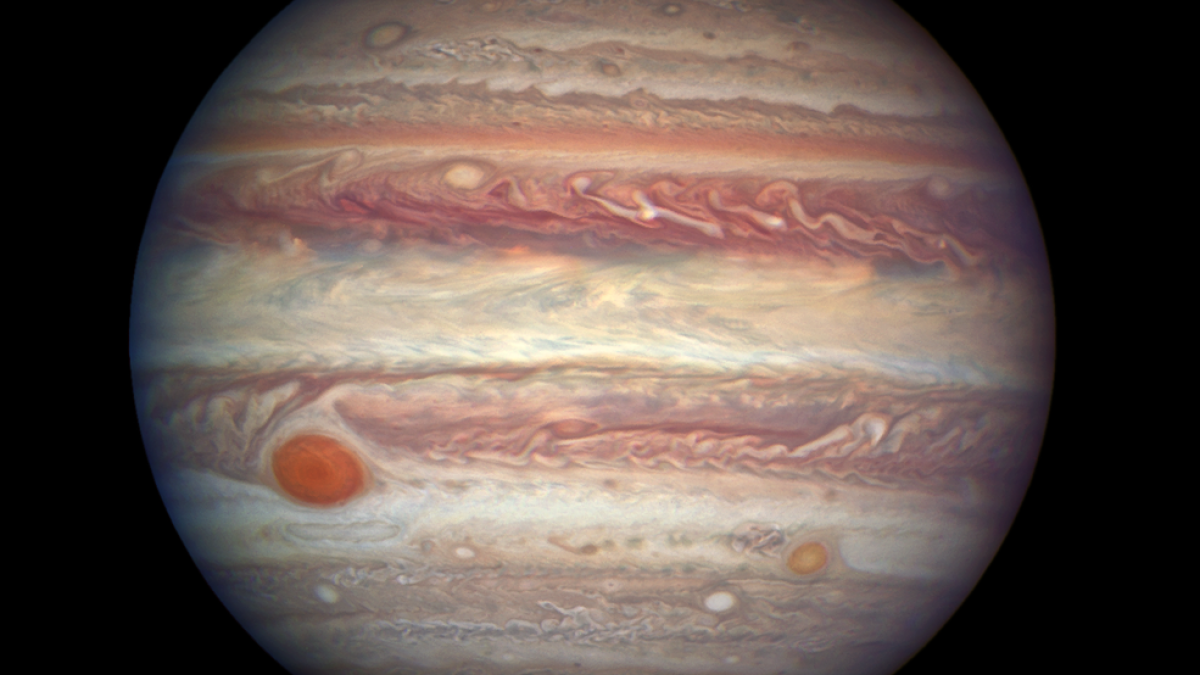In the 1970s and 1980s, the Soviets put landers on the surface of Venus. One survived for 57 minutes (the planned design life was 32 minutes) in an environment with a temperature of 470 degrees Celsius and a pressure of 94 Earth atmospheres.
Another lasted for 127 minutes in similar conditions. Yet a third held on for 63 minutes. No spacecraft has yet laid our eyes on the surface of Jupiter because of the planet’s intense radiation.
Yuji Zhao is poised to open new worlds. Literally.
“That’s our dream,” said Zhao, an expert in electrical and computer engineering at Arizona State University. “That’s what we’re planning.”
Zhao recently won a grant from NASA to build a computer brain made from an exotic material being hailed as the new silicon with the ability to withstand intense heat and radiation. Electronics made from the material would enable NASA next-generation missions to planets seen only from great distances or for short periods.
The material, called gallium nitride, outstrips silicon in speed, temperature and power handling.
“This material has unique features,” said Zhao, an assistant professor in the School of Electrical, Computer and Energy Engineering in the Ira A. Fulton Schools of Engineering. “It’s radiation-hardened material, so it can resist a very high-radiation environment.”
No one has ever made a CPU from gallium nitride.
“We will be one of the first ever to do that,” Zhao said. “It’s very exciting.”
NASA’s Hot Operating Temperature Technology program, HOTTech for short, awarded Zhao a three-year, $750,000 grant to develop a high-temperature gallium nitride microprocessor for space applications.
“This program is aimed at NASA missions that are close to the sun, or to planets that have very high-surface temperatures, like Mercury and Venus,” he said. “When they have electronic devices or systems on the surface, they need high-temperature electronics. That is what we are doing.”
Silicon does not do well at high temperatures.
“It sucks,” Zhao said.
“The material we are developing, we have results for the solar cells we have up to 500 degrees C, 300 degrees C, and don’t see a decrease at all,” he said. “In some cases if we design our device in a very unique way, their performance will be peak at 500 degrees C. This is very unique about this material; it’s designed for high temperatures.”
Gallium nitride actually performs better when it’s hot.
“For space it makes sense to use this material to develop a high-temperature CPU,” Zhao said. “There’s a lot we don’t know about this material.”
NASA is sitting up and taking notice of gallium nitride. Currently, Zhao is prototyping high-temperature resistant solar panels made from gallium nitride for another NASA grant project.
“Our progress on solar cells has started to give NASA notice and to really pay attention to this material,” he said. “On the comments I had for my review on other NASA projects they said, ‘I never believed in this material, but your stuff is starting to make me believe it.’ We are very happy about this comment, but we still have a very long time to go.”
Top photo: An image of Jupiter taken by the Hubble Space Telescope on April 3. Photo by NASA/ESA/A. Simon (NASA Goddard)
More Science and technology

Science meets play: ASU researcher makes developmental science hands-on for families
On a Friday morning at the Edna Vihel Arts Center in Tempe, toddlers dip paint brushes into bright colors, decorating paper fish. Nearby, children chase bubbles and move to music, while…

ASU water polo player defends the goal — and our data
Marie Rudasics is the last line of defense.Six players advance across the pool with a single objective in mind: making sure that yellow hydrogrip ball finds its way into the net. Rudasics, goalkeeper…

Diagnosing data corruption
You are in your doctor’s office for your annual physical and you notice the change. This year, your doctor no longer has your health history in five-inch stack of paperwork fastened together with…


